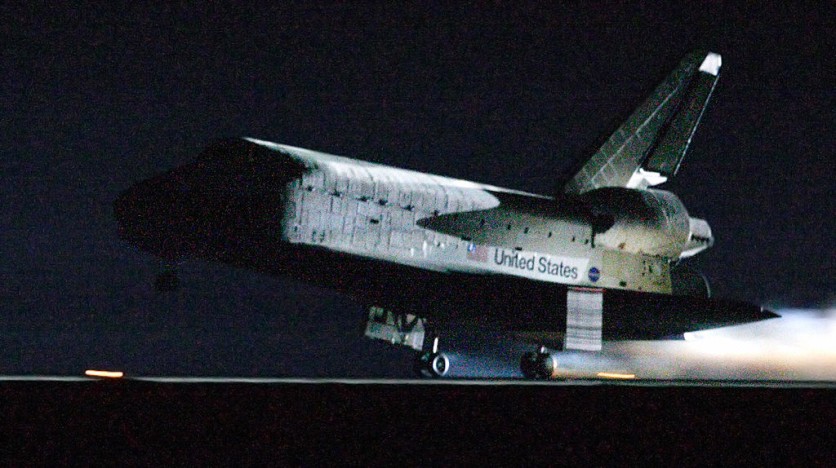Set to lift off on a SpaceX Falcon Heavy rocket on December 10, the X-37B, with its two Boeing-constructed vehicles, continues its enigmatic orbital endeavors.

Collaborating with SpaceX
The United States Space Force (USSF) is gearing up for the seventh mission of its covert space plane, the X-37B, with a scheduled launch on a SpaceX Falcon Heavy rocket set for December 10.
Widely known for having two X-37B space planes, both constructed by Boeing, these vehicles bear a resemblance to NASA's retired space shuttles but are notably smaller. The X-37B is compact enough to fit inside the payload bay of its larger predecessors.
Interesting Engineering reported that the inaugural X-37B mission, designated Orbital Test Vehicle-1 (OTV-1), took off in April 2010, a remarkable nine years before the establishment of the United States Space Force.
Throughout its operational history, six missions have been successfully conducted by the X-37B, accumulating an impressive total of 3,774 days in space. Notably, the previous mission, OTV-6, set a record by lasting 908 days.
Expecting to Reach New Heights
However, anticipation surrounds the upcoming mission, OTV-7, as it is expected to reach new heights. Unlike the initial five missions that utilized the Atlas V rocket, New Scientist reported that the X-37B's OTV-6 mission saw a partnership with SpaceX, launching a Falcon 9 rocket.
Now, for OTV-7, the space plane is set for its maiden voyage on the powerful Falcon Heavy, boasting three Falcon 9 cores and a total of 27 engines. With a staggering five million pounds of thrust, this launch vehicle can propel the X-37B to unprecedented orbital heights.
Further evidence of this heightened trajectory is reflected in the official statement from the Space Force, which highlights that OTV-7 aims to "test new orbital regimes." This suggests a strategic exploration of novel and advanced orbital pathways during the upcoming mission.
True to form, USSF has maintained its characteristic silence regarding the specifics of the X-37B's upcoming mission. As has been the case with previous missions, the details of most payloads carried by the X-37B remain classified, and this mission is anticipated to follow suit.
Military authorities have consistently asserted that the X-37B functions as a testing ground for emerging technologies, suggesting that OTV-7 might involve the evaluation of new and enhanced reconnaissance instruments.
USSF's statement indicating the spaceplane's experimentation with space domain awareness technologies aligns with this notion, possibly involving the surveillance of satellites in orbit to prevent collisions.
While the USSF has shed light on one unclassified mission, which will examine the impact of radiation on materials provided by NASA, the spaceplane's extended journey into space presents an opportune moment for NASA's Seeds-2 project, allowing the testing of radiation effects on seeds.
Despite facing delays and logistical challenges, the launch designated USSF-52, is now scheduled for liftoff in a narrow 10-minute window on December 10 at 8:14 p.m. EST (0114 GMT on December 11) from the Kennedy Space Center in Florida.
Related Article : AI, Temporarily Banned in the US Space Force

ⓒ 2025 TECHTIMES.com All rights reserved. Do not reproduce without permission.




